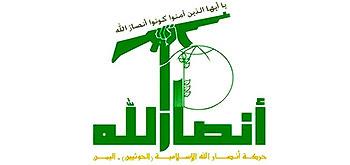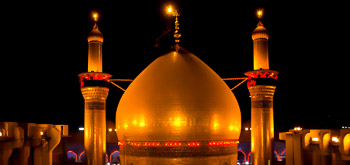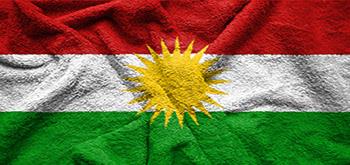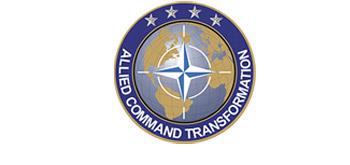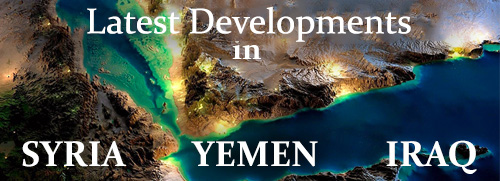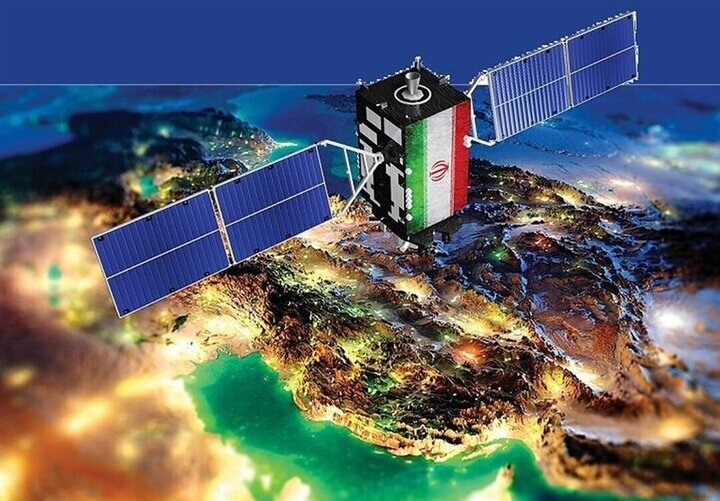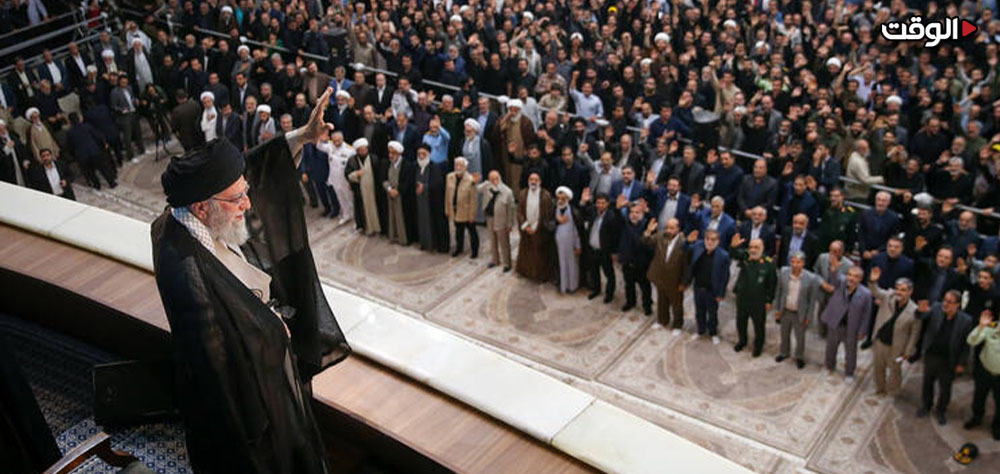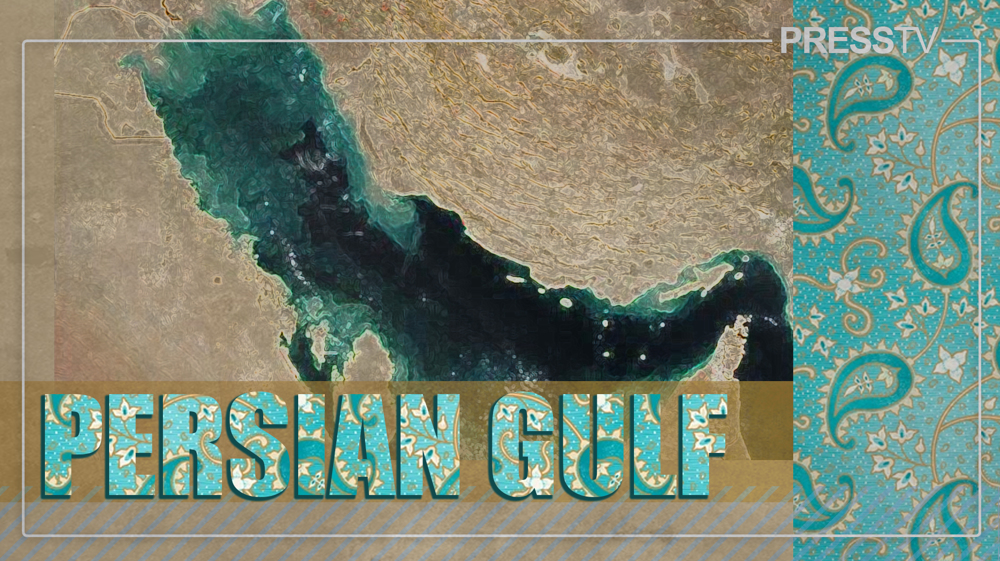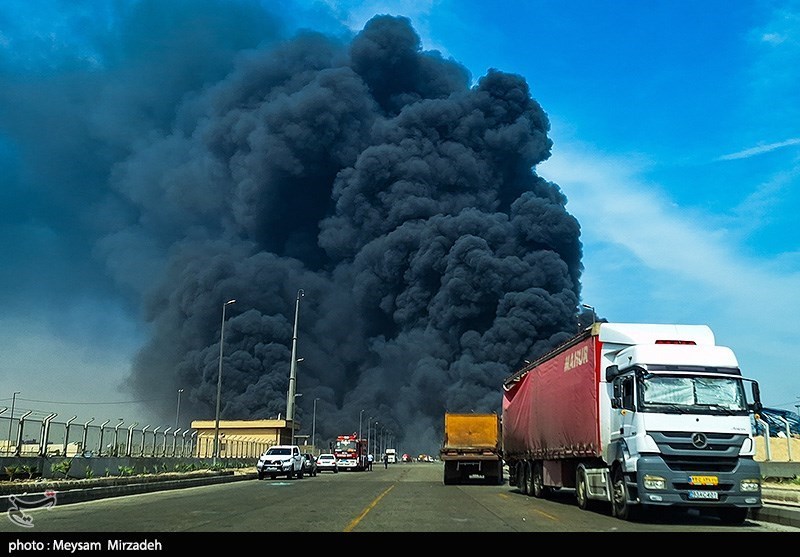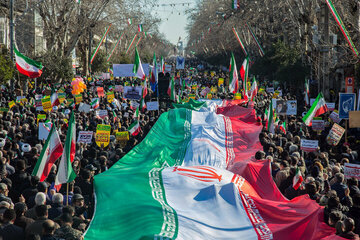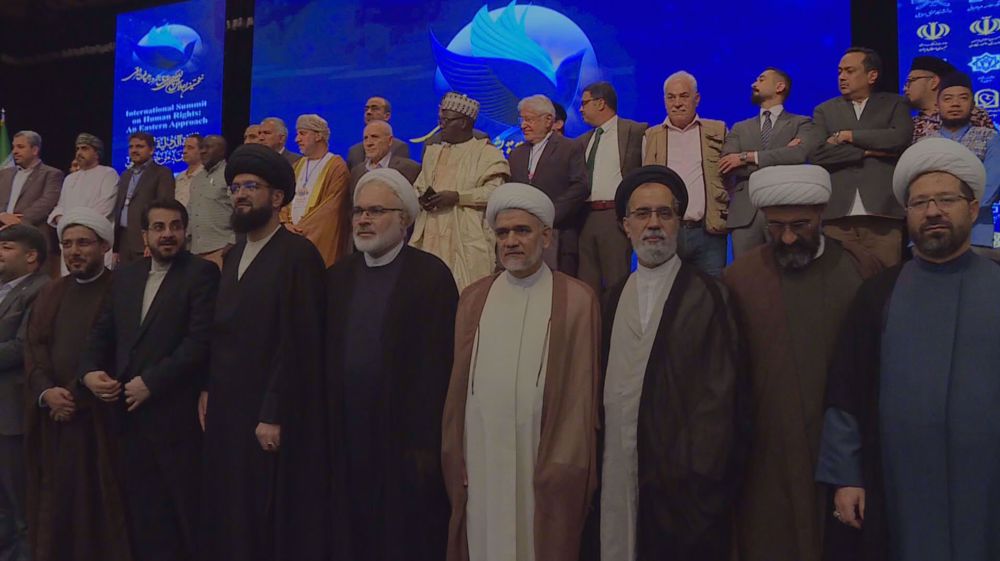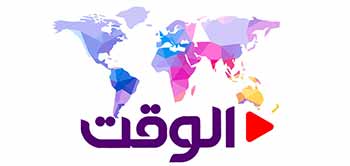ALWAGHT- The successful launch of the Nahid-2 satellite represents a major step forward in Iran’s space, satellite, and telecommunications development, while also strengthening space collaboration between Tehran and Moscow.
Nahid-2, a domestically developed Iranian research and telecommunications satellite, was successfully launched into a 500-kilometer low Earth orbit aboard a Russian Soyuz-2 rocket from the Vostochny Cosmodrome. Developed by the Iranian Space Research Institute, the satellite is part of Iran’s broader space ambitions, which also include the upcoming Pars-2 and Pazhoohesh satellite series. The launch marks a significant milestone in Iran’s efforts to strengthen its satellite infrastructure and space research capabilities.
The satellite’s design emphasizes advanced telecommunications and experimental technologies. It features a cube-shaped structure with solar-powered systems, a thermal control subsystem to withstand harsh space conditions, and a chemical propulsion unit enabling orbital maneuvers. Among its key missions are orbital transfer capability testing and a two-year operational validation in low Earth orbit. It also includes radiation measurement instruments to collect valuable long-term data for future space missions.
Nahid-2 showcases Iran’s progress in propulsion technology, incorporating a 1-Newton chemical propulsion system with active and redundant thrusters. Its power subsystem integrates gallium arsenide solar panels and lithium-ion batteries to produce approximately 35 watts. Additional experimental features include GPS-independent radio positioning, in-orbit radiation dosimetry, and multi-channel telecommunication tests.
The satellite’s command and control architecture includes dual S-band telemetry links, VHF and UHF communication channels, and an advanced Attitude and Orbit Control Subsystem (AOCS) with three-axis stabilization and precise pointing accuracy. It employs multiple sensors and actuators, such as magnetometers and reaction wheels, all optimized through custom algorithms and rigorously tested prior to launch.
A major component of Nahid-2’s strategic role is its Ku-band telephone relay payload and innovative UHF store-and-forward communication system, which supports up to 254 ground users. These capabilities lay the groundwork for Iran’s aspirations in geostationary satellite development. Supported by a distributed network of fixed, mobile, and portable ground stations, the mission exemplifies Iran’s growing self-reliance in space technology and its deepening partnership with Russia in this high-tech domain.



